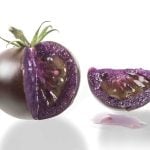A damaging soybean pest that was expected to show up sooner or later in agricultural Manitoba has officially arrived. Crop surveys by University of Manitoba Ph.D. student Nazanin Ghavami with soil science professor Mario Tenuta and his students have turned up soybean cyst nematode at “extremely low” levels on soybean plant roots in one field […] Read more













